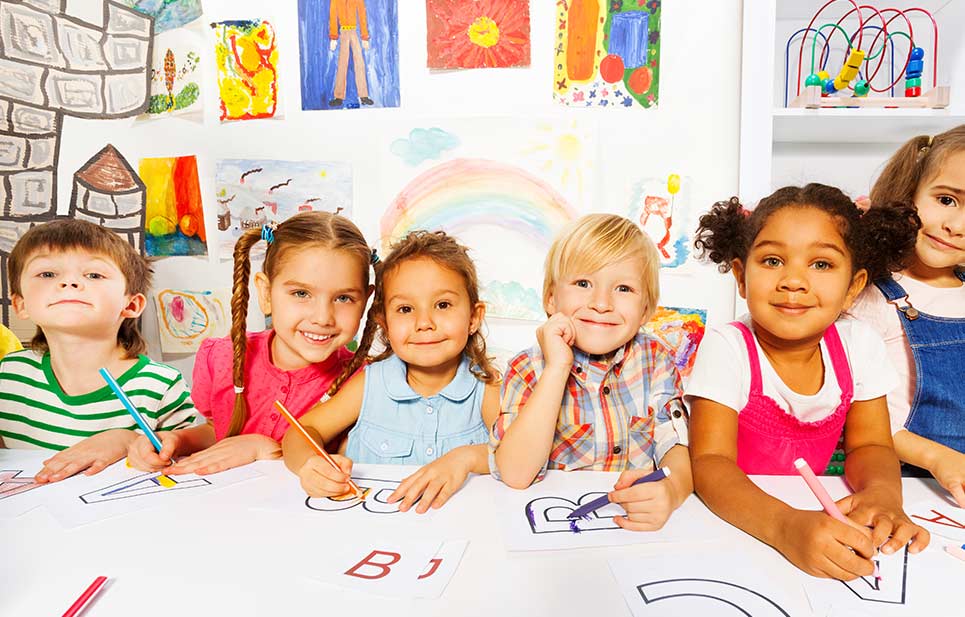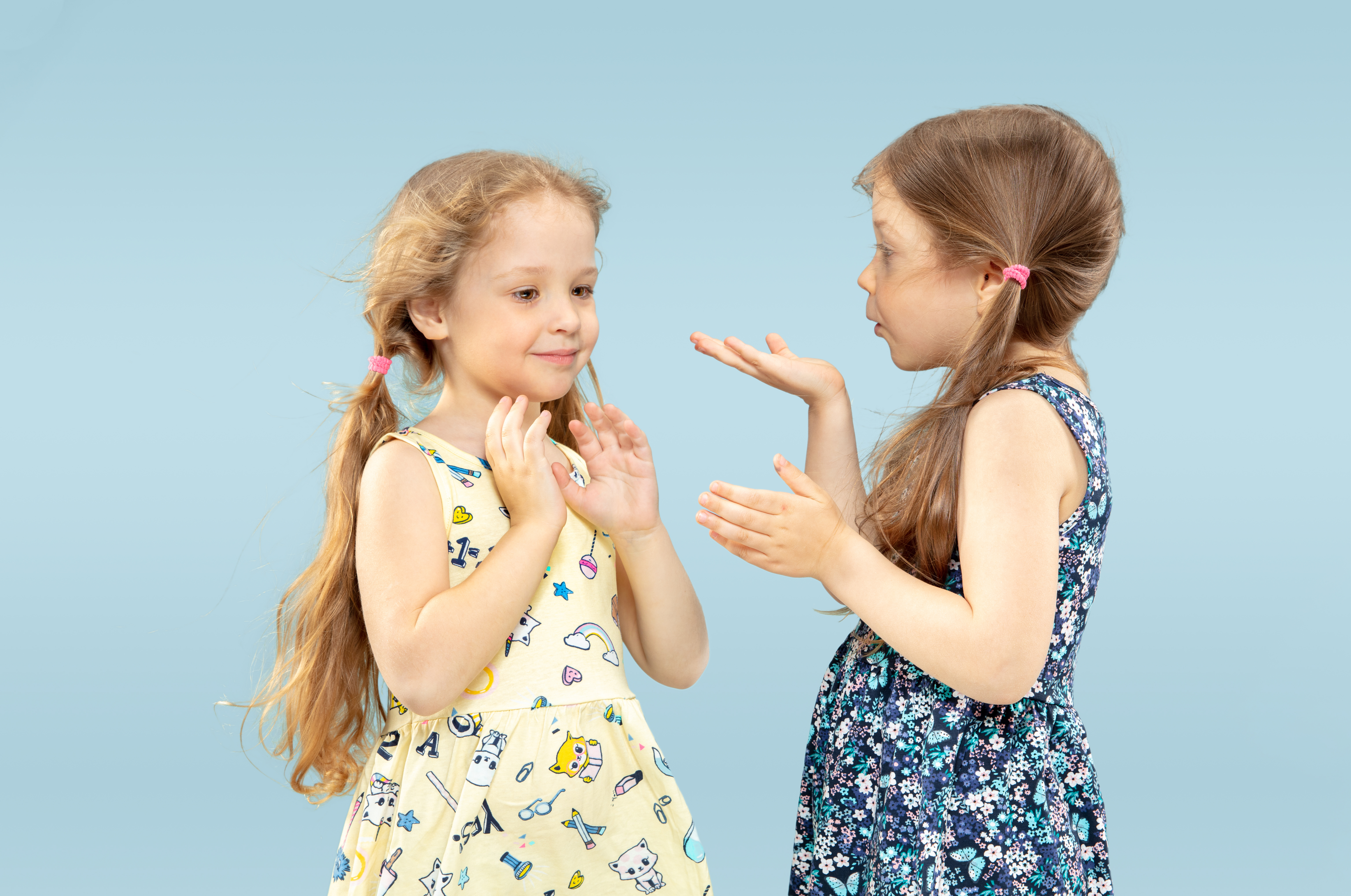The Power Duo: Exploring the Benefits of Creativity and Language Learning
In the realm of education, creativity and language learning stand as formidable allies, each enhancing the other in ways that extend far beyond traditional academic boundaries. As we delve into the intricate relationship between creativity and language acquisition, we uncover a wealth of benefits that shape not only cognitive development but also personal growth and cultural understanding.
Enhanced Cognitive Abilities
Creativity and language learning both stimulate cognitive functions, fostering the development of critical thinking, problem-solving skills, and memory retention. When engaged in creative activities such as painting, storytelling, or sculpting, learners activate various regions of the brain, enhancing neural connections and cognitive flexibility. This heightened cognitive agility translates seamlessly into language learning, as students become adept at processing new vocabulary, grammar rules, and linguistic structures.

Expressive Communication
Creativity serves as a powerful tool for self-expression, allowing individuals to convey thoughts, emotions, and experiences in unique and meaningful ways. Through artistic mediums such as visual art, music, and drama, learners can explore the nuances of language and communication, gaining confidence in expressing themselves fluently and articulately. This expressive competence extends beyond words, enabling learners to convey complex ideas and emotions effectively, whether through brushstrokes, melodies, or theatrical performances.
Cultural Understanding and Empathy
Language and creativity serve as bridges to cultural understanding, fostering empathy and appreciation for diverse perspectives. As learners engage with foreign languages, they gain insight into the rich tapestry of cultures, traditions, and histories associated with each language. Through creative endeavors, such as exploring literature, music, and cuisine from different cultures, learners develop a deeper appreciation for cultural diversity and a heightened sense of empathy towards others. This cross-cultural competence not only enriches language learning but also fosters global citizenship and intercultural communication skills.

Holistic Learning Experience
Integrating creativity into language learning transforms the educational experience into a holistic journey of self-discovery and personal growth. By combining linguistic proficiency with artistic expression, learners engage in multi-dimensional learning experiences that stimulate the mind, body, and spirit. Whether through painting, writing poetry, or performing in a play, learners develop a sense of ownership and agency over their learning, empowering them to explore their creativity while mastering a new language.
Promoting Innovation and Adaptability
Creativity and language learning cultivate a mindset of innovation and adaptability, essential skills in today’s rapidly changing world. As learners navigate the complexities of language acquisition and creative expression, they develop resilience, flexibility, and a willingness to embrace new challenges. This adaptive mindset extends beyond the classroom, equipping learners with the tools they need to thrive in diverse personal, academic, and professional environments.

In Conclusion



